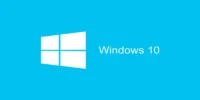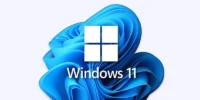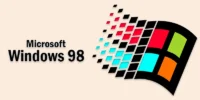What is Graph NoSQL Database? How It Works, Key Features, Comparison, Use Cases & Benefits
Published: 19 Apr 2025
Graph Nosql Database
Graph Nosql databases are designed to handle complex, connected data efficiently, unlike traditional relational databases. But have you ever struggled with slow queries when managing relationships in large datasets? Many developers face this challenge, especially when dealing with social networks, fraud detection, or recommendation systems. Imagine needing a system that understands connections just like a human mind, quickly identifying links between people, transactions, or events. That’s where Graph Nosql databases shine, making data relationships faster and more intuitive.
What is a Graph Nosql Database
A graph Nosql database is a kind of database that uses a structure of nodes, edges, and properties to store and manage densely connected data. Unlike relational databases that use tables, graph databases display data as nodes (entities) and edges (relationships) to facilitate faster and more efficient querying of relationships.
Example
In a social network, a node can be a person, and an edge can represent a “friend of” relationship. It is perfect for fraud detection, recommendation systems, social media networks, and network security because of its structure. Popular Graph Nosql databases include Neo4j, Amazon Neptune, and ArangoDB.
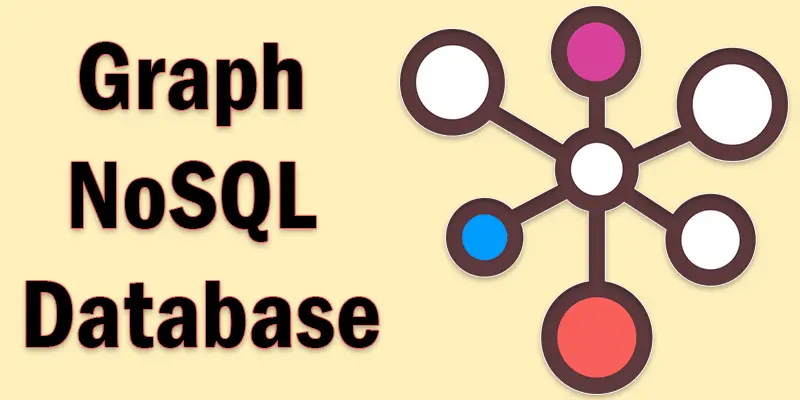
How Does a Graph Nosql Database Work?
A Graph Nosql Database works by storing data as nodes, edges, and properties, making it easier to manage complex relationships between data points.
Nodes (Entities)
- These represent real-world objects like people, products, or locations.
- Example: A user on a social media platform.
Edges (Relationships)
- These define connections between nodes.
- Example: A “friend of” relationship between two users.
Properties (Details)
- Additional information is stored inside nodes and edges.
- Example: A user node might have a name, age, and location, while a “friend of” edge may have a since_date property.
How Queries Work?
Instead of using complex JOIN operations like SQL databases, graph databases quickly navigate connections using relationships. Example Query: Find all friends of a user in one step (Faster than SQL!).
Why Is It Efficient?
Since relationships are stored inside the database structure, retrieving connected data is much faster than in relational databases. Because of this, Graph Nosql databases are perfect for recommendation systems, social networks, and fraud detection.
Key Features of Graph Nosql Databases
Node & Edge-Based Structure
- Stores data as nodes (entities) and edges (relationships) instead of tables.
- Example: A customer (node) purchasing a product (node) with a “buys” (edge) relationship.
Schema-Free & Flexible
- No fixed structure like relational databases.
- Easily adapts to changing data models without complex migrations.
Fast Relationship Queries
- Retrieves connected data quickly without expensive JOIN operations.
- Ideal for social networks, fraud detection, and recommendation engines.
Scalability & Performance
- Handles large datasets efficiently.
- Designed for distributed computing to scale across multiple machines.
Intuitive Querying
- Uses graph-specific query languages like Cypher (Neo4j) for easy traversal.
- Example: Find all friends of a user in one simple query.
Multi-Model Capabilities (In Some Databases)
- Some Graph Nosql databases (e.g., ArangoDB) support document and key-value models as well.
Nosql vs Graph Database
| NoSQL Database | Graph Nosql Database |
|---|---|
| E-commerce, Iot, Big Data | E-commerce, Iot, Big Data |
| Large-scale unstructured data | Highly connected data |
| Schema-free (Flexible) | Schema-free (Flexible) |
| Fast for key-based lookups | Fast for relationship queries |
| Varies (e.g., MongoDB uses JSON-like queries) | Graph query languages like Cypher (Neo4j) |
| E-commerce, IoT, Big Data | Social networks, Fraud detection, Recommendations |
| Limited or requires multiple queries | Directly supports complex relationships |
| Slower (JOIN operations needed) | Faster (Predefined relationships) |
| Horizontally scalable | Horizontally scalable but optimized for graphs |
| MongoDB, Cassandra, Redis | Neo4j, Amazon Neptune, ArangoDB |
Use Cases of Graph Nosql Databases
Social Networks
Graph databases excel at managing relationships, making them ideal for friend connections, followers, groups, and interactions. Example: Facebook uses a graph database to suggest friends based on mutual connections.
Fraud Detection
Identifies suspicious patterns by analyzing connections between users, accounts, and transactions. Example: Banks use it to detect fraudulent activities by tracking unusual money transfers.
Recommendation Systems
Suggests products, movies, or friends based on user preferences and connections. Example: Netflix and Amazon use graph databases to recommend shows and products based on user behaviour.
Network & IT Management
Helps monitor and optimize complex network infrastructures. Example: Telecom companies use it to manage connections between devices, servers, and users.
Knowledge Graphs
Organizes and connects vast amounts of interrelated data for AI and search engines. Example: Google’s Knowledge Graph improves search results by linking relevant topics.
Supply Chain & Logistics
Optimizes inventory tracking, supplier relationships, and shipment routes. Example: A company like FedEx can use graph databases to improve delivery efficiency.
Identity & Access Management
Manages user roles, permissions, and security access across an organization. Example: Companies use it to control who can access what in enterprise applications.
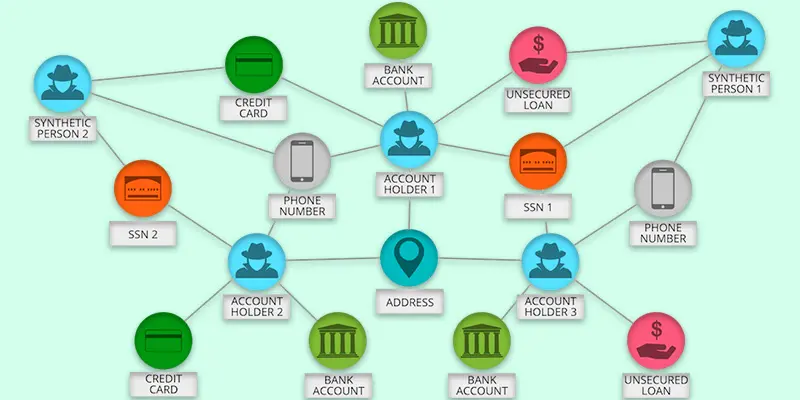
Popular Graph Nosql Databases
Here are some of the most widely used Graph Nosql databases:
Neo4j
- The most popular native graph database.
- Uses Cypher Query Language (CQL) for easy graph traversal.
- Ideal for recommendation engines, fraud detection, and social networks.
Amazon Neptune
- AWS’s managed graph database service is called Amazon Neptune.
- Supports RDF (SPARQL) and Property Graph (Gremlin) models.
- Ideal for knowledge graphs, identity management, and network security.
ArangoDB
- A multi-model database that supports key-value stores, documents, and graphs.
- queries using Arangodb Query Language (AQL).
- Great for complex data modeling and flexible data storage.
Microsoft Azure Cosmos DB (Graph API)
- A cloud-based Nosql database with graph support.
- Compatible with Gremlin query language.
- Best for real-time analytics and enterprise applications.
OrientDB
- Supports multi-model capabilities (Graph + Document + Object Database).
- Uses SQL-like queries for easy adoption.
- Suitable for financial fraud detection and big data applications.
TigerGraph
- Designed for big data and real-time deep link analytics.
- Uses GSQL (SQL-like query language).
- Ideal for AI-powered recommendations and financial analysis.
Advantages & Limitations of Graph Nosql Databases
Graph Nosql databases are great for handling complex relationships between data. They allow fast queries, making them perfect for social networks, fraud detection, and recommendation systems. Their flexible structure helps store changing data easily. Plus, they provide better data visualization and intuitive querying with languages like Cypher and Gremlin.
However, these databases aren’t ideal for simple lookups or highly transactional workloads. Some scalability challenges exist, especially in large distributed systems. They also require more memory and processing power for complex queries. Learning graph-specific query languages can also be a challenge for beginners.
How to Choose a Graph Nosql Database?
Use Case
- If you need social network analysis, fraud detection, or recommendations, go for Neo4j or TigerGraph.
- For cloud-based applications, Amazon Neptune or Azure Cosmos DB (Graph API) are good choices.
Query Language Support
- Cypher (Neo4j) is user-friendly and SQL-like.
- Gremlin (Amazon Neptune, ArangoDB) supports multiple graph models.
Scalability & Performance
- If you need high scalability, TigerGraph and Amazon Neptune handle large datasets efficiently.
- Neo4j works well for medium-scale applications but requires clustering for large workloads.
Multi-Model Capabilities
- ArangoDB and OrientDB support both graph and document models, offering flexibility.
- Ideal if you need hybrid storage (graph + key-value/document-based data).
Cloud vs. On-Premises
- Amazon Neptune, Cosmos DB → Best for managed cloud-based solutions.
- Neo4j, TigerGraph → Good for on-premises or hybrid deployments.
Learning Curve & Community Support
- Neo4j has the largest community and extensive documentation, making it easier to learn.
- TigerGraph and Arangodb require more technical expertise.
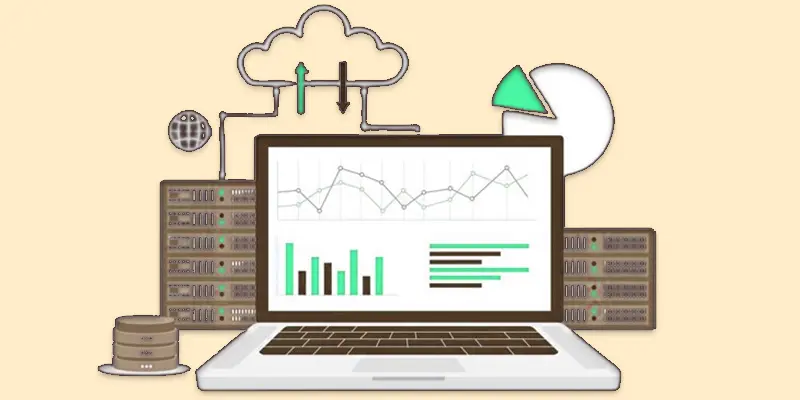
Conclusion About Graph Database
Graph Nosql databases are powerful tools for managing highly connected data efficiently. Because they offer fast association searches, flexible data structures, and enhanced data visualization, they are ideal for social networks, fraud detection, recommendation systems, and more. While they have some limitations, the benefits often outweigh the challenges when handling complex relationships in large datasets. The world of data is evolving, and Graph Nosql databases are shaping the future! Start exploring, experimenting, and unlocking new possibilities with graph technology. The more you learn, the better you’ll understand how to leverage its full potential!
FAQS Nosql Graph Database
A graph database represents data in a network-like structure. For example, in a social media app, a user (node) can have friends (edges) connecting to other users. This makes it easy to find connections like friends-of-friends quickly.
Popular Nosql databases that support a graph model include Neo4j, Amazon Neptune, ArangoDB, and OrientDB. These databases specialize in managing complex relationships efficiently. They allow fast traversal and querying of connected data.
No, MongoDB is a document-based Nosql database, not a graph database. However, you can use third-party tools like ArangoDB or Neo4j connectors to work with graphs. MongoDB is better suited for storing JSON-like documents rather than relationships.
No, DynamoDB is a document-based, key-value Nosql database. It does not have built-in support for graph structures. However, you can integrate AWS Graph Database solutions like Amazon Neptune for graph-related queries.
Yes, Neo4j is a Nosql database that focuses on graph data. It is designed to efficiently store and process relationships between data points. Unlike relational databases, Neo4j does not use tables but rather nodes and edges.
There are four primary categories of NoSQL databases:
Document-based (MongoDB, CouchDB) → Stores data as JSON-like documents.
Key-Value (Redis, DynamoDB) → Uses a simple key-value structure.
Column-family (Cassandra, HBase) → Organizes data in columns rather than rows.
Graph (Neo4j, Amazon Neptune) → Focuses on relationships using nodes and edges.
It depends on your needs. Neo4j is better for highly connected data where relationships matter, like social networks. MongoDB is better for document storage where relationships are less critical, such as content management systems.
No, Nosql means “Not Only SQL”, which means it does not follow the strict relational model of SQL databases. Unlike SQL databases, Nosql databases do not rely on fixed schemas, tables, or complex joins. However, some Nosql databases offer SQL-like query languages for easier adoption.

- Be Respectful
- Stay Relevant
- Stay Positive
- True Feedback
- Encourage Discussion
- Avoid Spamming
- No Fake News
- Don't Copy-Paste
- No Personal Attacks

- Be Respectful
- Stay Relevant
- Stay Positive
- True Feedback
- Encourage Discussion
- Avoid Spamming
- No Fake News
- Don't Copy-Paste
- No Personal Attacks


